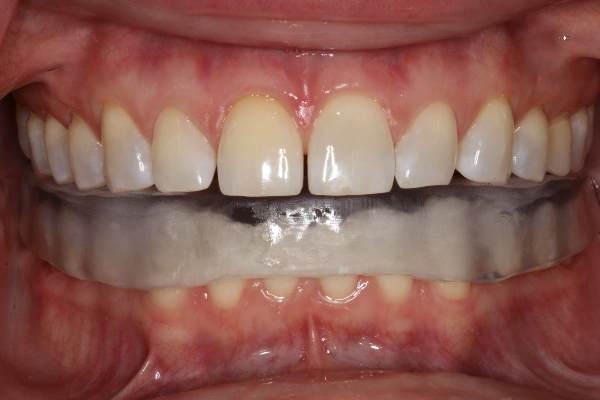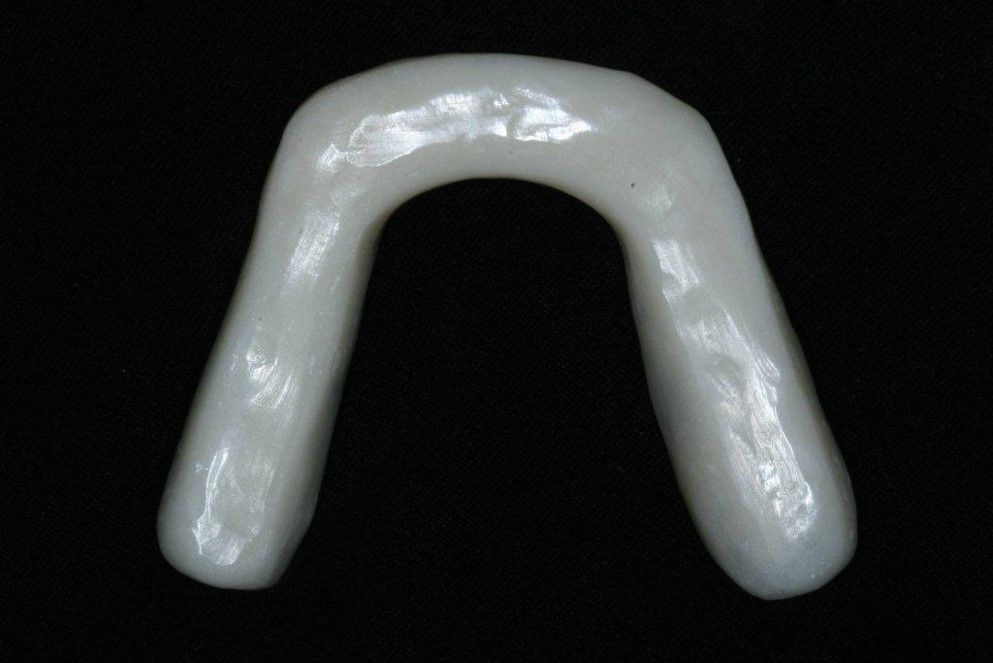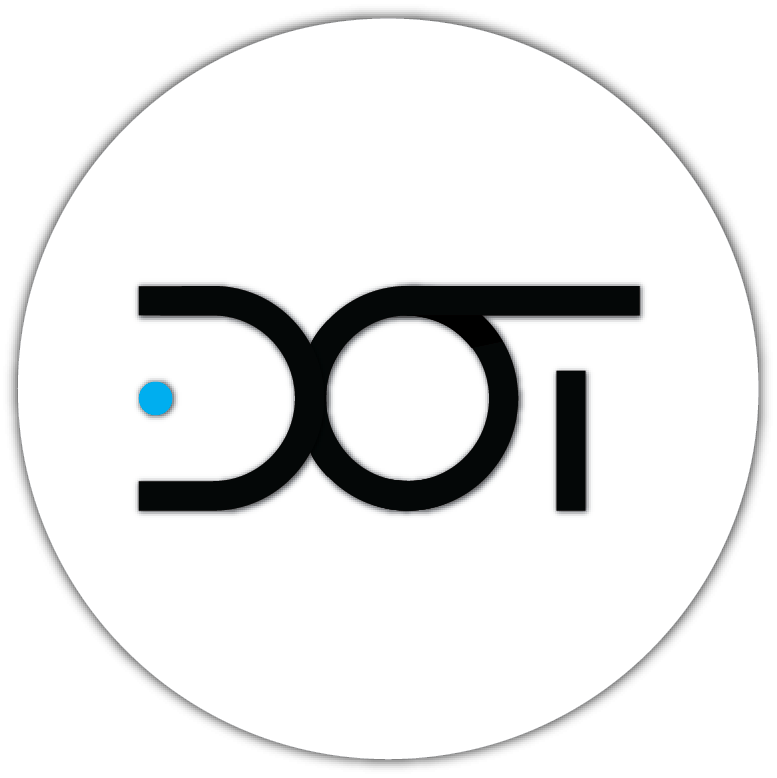Learn the Right Occlusal Appliance for Every Patient
Whether you’re looking to improve your treatment planning, increase success with appliance therapy, or boost your confidence managing TMD patients, this course will give you the practical tools you need to incorporate occlusal appliances into your everyday practice.
Dennis B Hartlieb, DDS, AAACD
Managing patients with muscle or joint discomfort, parafunction, or occlusal instability has long presented a challenge in everyday dentistry. Selecting the right occlusal appliance—and knowing how to use it effectively—requires clinical insight, confidence, and a clear understanding of patient anatomy and risk factors.
Fortunately, advancements in appliance design and diagnostic protocols now give clinicians practical tools to better manage occlusal disorders and protect restorative outcomes.
To help dentists navigate this complex but critical area of care, we’re excited to introduce our upcoming on-demand course: A Realistic Approach to Occlusal Appliances with Dr. Jim McKee.
This course offers a step-by-step, clinically grounded approach to help you select, fabricate, and adjust appliances with confidence—while improving outcomes for your TMD and occlusal patients.
Write your awesome label here.
When to Consider Each Occlusal Design
Occlusal appliances are not one-size-fits-all—and understanding the purpose behind each design is key to selecting the right one for your patient. In this upcoming course, Dr. Jim McKee walks through the most common appliance types, including:
Flat-Plane AppliancesThese are among the most widely used appliances that can be fabricated for either the mandibular or the maxillary arch. They are designed to reduce muscle hyperactivity, protect teeth from bruxism, and stabilize the occlusion.
When to use: Ideal for patients with muscle-related TMD symptoms, bruxism, or when trying to create occlusal stability.
Michigan Appliance
Michigan Appliance
A type of maxillary stabilization splint, the Michigan appliance is designed with a flat occlusal surface and precise canine guidance to control jaw movement and minimize parafunction.
When to use: Effective for patients with muscle-based TMD, bruxism, and when occlusal equilibration is desired.
Anterior Repositioning Splint
The anterior repositioning splint advances the mandible forward in an effort to reduce pressure inside the joint space, and help to position the condyle on to an anteriorly displaced disc.
Anterior Repositioning Splint
The anterior repositioning splint advances the mandible forward in an effort to reduce pressure inside the joint space, and help to position the condyle on to an anteriorly displaced disc.
When to use: This splint might be used for patients that have displaced discs to reduce pain and potentially “recapture" the discs. The anterior repositioning splint can be used to help with growth and development of the condyles in children and adolescents.
Tanner Appliance
Tanner Appliance
A mandibular version of a stabilization appliance, often preferred for its comfort and minimal impact on speech.
When to use: The Tanner Appliance is used by dentists to pre-determine bite shape and occlusal position prior to restorative treatment.
Essix Appliances
Essix Appliances
Thin, transparent appliances typically used for post-orthodontic retention or minor occlusal protection. While not suitable for heavy bruxers, they can serve as temporary or aesthetic options.
When to use: Best for short-term or low-risk situations, or when a discreet appliance is preferred.


What You’ll Learn in This Course
This On-demand course is designed to provide a clear, step-by-step approach for clinicians looking to incorporate occlusal appliances into their practice. Whether you’re new to appliance therapy or looking to refine your current protocols, this course offers a comprehensive foundation through lecture-based learning, clinical case examples, and hands-on demonstration.
You'll also learn:
-Options for fabricating occlusal appliances
-Insertions and adjustments
You'll also learn:
-Options for fabricating occlusal appliances
-Insertions and adjustments
Write your awesome label here.
Types of Nerve Blocks
Understanding which nerve block to use—and when—is essential for effective diagnosis and patient comfort. In this course, Dr. McKee covers key nerve block techniques, including:
🔹 Diagnostic Nerve Blocks – Learn how to use targeted anesthetic blocks to help differentiate muscle vs. joint sources of pain.
🔹 Greater Occipital Nerve Block – Explore how this block can be used to manage tension-type headaches and referred pain patterns.
🔹 Greater Auricular Nerve Block – Understand its role in evaluating and managing TMJ and ear-area discomfort.
Each technique is reviewed with clinical context to help you make informed decisions in your diagnostic and therapeutic workflow.
Step-by-Step Technique
The course will guide you through step-by-step techniques to build a strong foundation in occlusal appliance therapy.
Dr. McKee walks you through the entire process—from evaluating patient anatomy and selecting the appropriate appliance, to appliance delivery, checking contacts, and making precise adjustments for optimal function and comfort.
Dr. McKee walks you through the entire process—from evaluating patient anatomy and selecting the appropriate appliance, to appliance delivery, checking contacts, and making precise adjustments for optimal function and comfort.
Hands-On Demonstration
In the hands-on portion of the course, Dr. McKee provides a detailed demonstration on how to seat, check contacts, and adjust an occlusal appliance.
With your hands-on kit, you’ll be able to follow along step-by-step, gaining practical experience and confidence in delivering appliances with accuracy and efficiency in your own practice.
Write your awesome label here.
How to Join the Course
This course will be included in our basic and premium memberships and it is designed to fit your schedule, with detailed video demonstrations and insights that you can apply immediately in your practice.
This course is designed for dentists of all experience levels who want to enhance their skills in occlusal appliance therapy.
This course is designed for dentists of all experience levels who want to enhance their skills in occlusal appliance therapy.
Whether you’re looking to improve diagnosis, increase success with appliance treatment, or feel more confident managing TMD patients and those with parafunctional habits, this course will give you the practical tools to integrate occlusal appliances into your everyday practice.
The course is now live! Check it out here.
Yours for better dentistry,
Dennis Hartlieb, DDS, AAACD
Co-Founder, Dental Online Training

Our vision is to provide online continuing education workshops and mentorship that are comprehensive for dentists learning at all career levels. DOT is developed for dentists that love to learn online.
CONNECT
Materials Included
Light Brown tints, Enamelize, Unfilled Resin Flexidiscs, Flexibuffs 1/2", #1 artist’s brush, Silicone Polishing Points, IPC Off Angle Short Titanium Coated Composite Instrument
Materials Needed, not Included
- Loupes
Follow along
You are Registered
We’re excited to have you join us! You’ll receive email reminders at with the link to join this event.
If you have any questions in the meantime, feel free to reach out to us at dot@dothandson.com—we’re here to help!
Day 1 (8 - 4 pm CST)
-
Erosion and wear – the why and the how
-
Adding length to teeth – when is it safe
-
Opening VDO to compensate for lost tooth structure – where to begin
-
Records visit and key points you need to understand before you start
-
The smile – the 7 strategic points to consider when evaluating the smile
-
Anterior tooth shape, morphology
-
Clinical case review
-
Upper Putty matrix construction
-
Build lingual incisal wall with putty matrix #6 - #11/ Upper anteriors
-
Full contour build-up #6, #7, #8, #9, #10, #11, shape and polish/ Upper anteriors
Day 2 (8 - 2 pm CST)
-
Who – which patients are candidates
-
Why – explaining to patients the value of the prototype
-
How – step-by-step techniques to maximize predictability, efficiency and success
-
Getting to Yes: conversations with patients about esthetic and reconstructive dentistry
-
The ‘Smile Preview’ – techniques to show the possibilities
-
Lower Putty matrix construction
-
Build lingual incisal wall with putty matrix #22 - #27 / lower anteriors
-
Build-up #22 - #27, shape and polish / lower anteriors
-
Build-up lower occlusal posteriors
-
Demonstration of Smile Preview
Upcoming Virtual Workshops
Write your awesome label here.
December 11 & 12, 2025
CPR for the Worn Dentition (16 CE)
Write your awesome label here.
January 29-30, 2026
Porcelain Veneer Cementation Workshop (14 CE)
Write your awesome label here.
March 27, 2026
Esthetic and Functional Success for Diastema Closure (8 CE)
Write your awesome label here.
May 15, 2026
From Break to Beautiful: Flawless Class IV Resin Restorations (8 CE)
Write your awesome label here.
June 19, 2026
Mastering Intraoral Scanners and Digital Workflow for the Dental Team (4 CE)
Write your awesome label here.
September 25, 2026
Veneering the Dark Central Incisor - Conservative Direct and Indirect Restorative Strategies (8 CE)
Write your awesome label here.
October 30, 2026
3D Printing for the Restorative Dentist
Write your awesome label here.
December 11, 2026
Injection Molding Workshop (8 CE)
Write your awesome label here.
Study Club
Join five in-depth virtual meetings held on Thursday evenings throughout the year. Engage in detailed case presentations, discuss curated research articles, and exchange valuable tips with fellow dentists.
-
01/22/2026
-
04/09/2026
-
06/11/2026
-
10/15/2026
-
12/10/2026
Write your awesome label here.
Coffee & Donuts
Kickstart your Friday mornings with informal sessions and discuss patient treatments, practice management, and receive feedback on your cases.
-
01/16/2026
-
02/13/2026
-
03/20/2026
-
04/10/2026
-
05/08/2026
-
06/05/2026
-
08/21/2026
-
10/09/2026
-
11/20/2026
-
12/10/2026
Popular On-Demand Courses
Write your awesome label here.
Injection Moulding Techniques (3 CE)
Simple, predictable, systematic foundation for you to start your journey with injection moulding
Write your awesome label here.
Advanced Techniques in Composite Veneers (6 CE)
Take control of aesthetic cases in your practice, whether you are enhancing smiles with direct resin veneers or creating provisional restorations for indirect cases.
Write your awesome label here.
A Realistic Perspective on Occlusal Appliances (3 CE)
Learn how to design, fabricate, and manage occlusal appliances with confidence through practical guidance and real clinical case examples.
Write your awesome label here.
Bicuspid Veneer and V-Onlay Preparation (3 CE)
Gain expertise in ‘prep-less’ veneers, buccal cusp reduction, and margin placement methods to enhance your clinical outcomes.
Write your awesome label here.
Class IV Composite Restoration – Polychromatic Approach (3 CE)
This on-demand course covers material selection and advanced layering techniques to help you create natural-looking, long-lasting restorations that set you apart.
Write your awesome label here.
EXOCAD: Foundation (2 CE)
Gain the skills to confidently navigate Exocad, build patient cases, and streamline your workflow using time-saving techniques and presets.
Write your awesome label here.
Class II Direct Resin (3 CE)
Master a reliable approach to Class II restorations by learning how to create ideal proximal contacts that enhance both the strength and aesthetics of your work.
